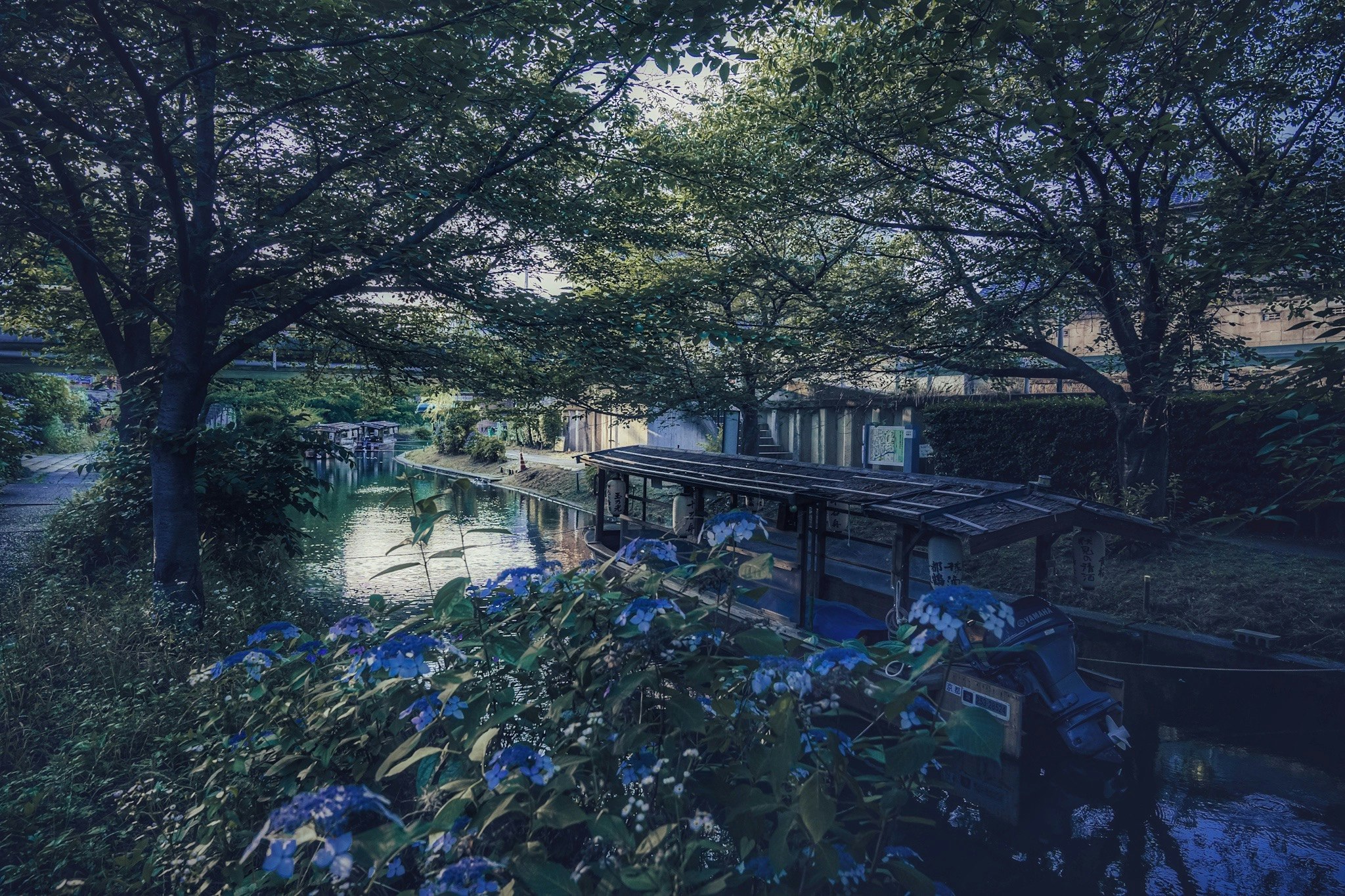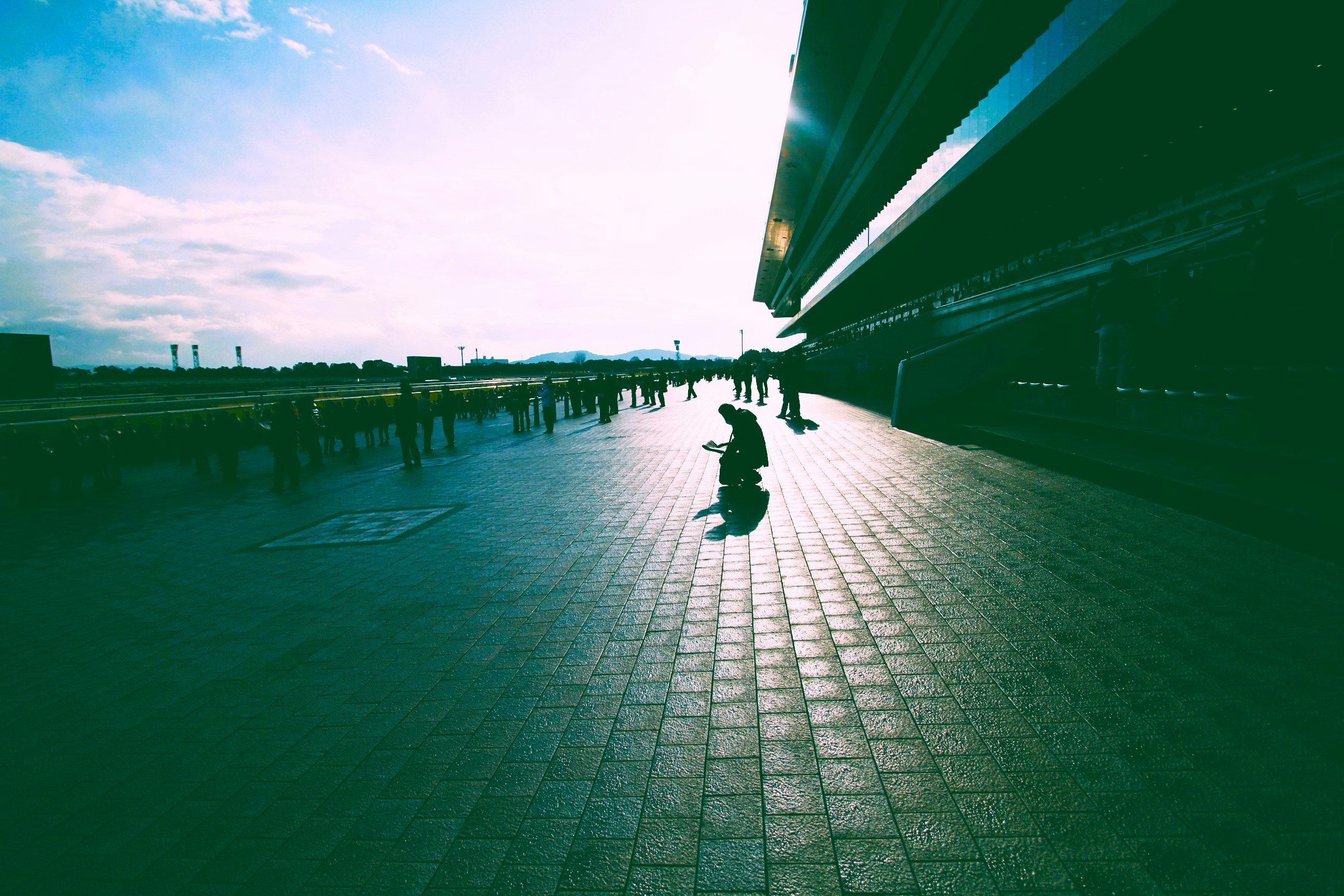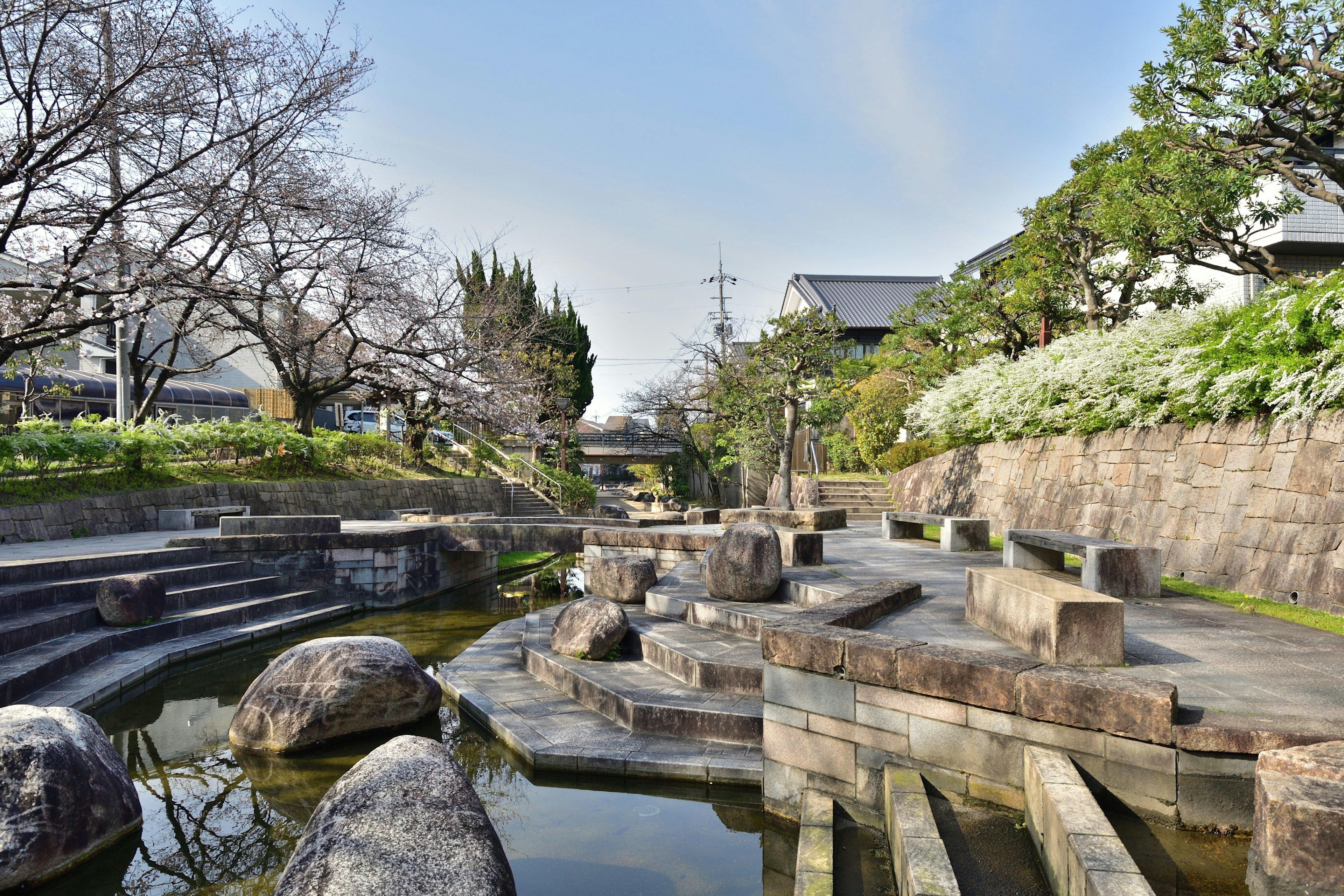
Cover photo by ゆきねこ
During the Edo period, the Tokaido, established by the shogunate, flourished as one of the five main roads connecting Nihonbashi in Tokyo and Sanjo Ohashi in Kyoto, leaving its name in place names and railways to this day. While Hiroshige Utagawa's depiction of the Fifty-Three Stations of the Tokaido is well-known, are you familiar with the Fifty-Seven Stations of the Tokaido that were not depicted?
Instead of heading to Kyoto, where the Emperor resided, there was a branch route of the Tokaido leading towards Osaka, the nation's kitchen, which included the 54th to 57th post towns. This time, we introduce the continuation of the Fifty-Three Stations of the Tokaido through photographs.
54th Station: Fushimi

Photo by techi☺︎
After passing the 53rd post town, Otsu, and crossing the border between Shiga and Kyoto Prefectures, the Tokaido splits into two directions: towards Kyoto and Osaka. The first post town on the Osaka route is Fushimi, home to the famous Fushimi Inari Shrine with its thousand torii gates.
Fushimi is also renowned as a sake-producing area, counted among Japan's three major sake regions along with Nada in Hyogo Prefecture and Saijo in Hiroshima Prefecture. You can capture sake barrels and breweries with your camera. In spring, cherry blossoms line the river, and in summer, hydrangeas bloom, offering a landscape where nature and tradition intertwine.
55th Station: Yodo

Photo by Ultra TakaBo-
Heading southeast from Fushimi along the Tokaido, you arrive at the 55th post town, Yodo. This area, nestled between the Katsura and Uji Rivers, which form the upper reaches of the Yodo River, and the mountains like Tennozan, was a strategic natural point where the Tokugawa family built a castle.
Near the site of the Yodo post town is the Kyoto Racecourse, popular not only with horse racing fans but also as a relaxation spot for local residents. The sight of the massive building and thoroughbreds running is a must-capture.
56th Station: Hirakata & 57th Station: Moriguchi

Photo by heizou
The Tokaido continues from Kyoto Prefecture to the final destination in Osaka Prefecture. The post towns of Hirakata and Moriguchi along the Yodo River were built based on the embankments constructed by Toyotomi Hideyoshi to mitigate flood damage from the Yodo River.
Despite being close to a major city, you can capture the harmony of rich nature and urban life at places like the riverbanks of Yodo River Natural Park, the water corridors of Hirakata City, and Oeda Park in Moriguchi City.
Final Destination: Koraibashi & Osaka Castle

Photo by jun
The long journey that began at Nihonbashi in Edo concludes at Koraibashi, located in present-day Chuo Ward, Osaka City. This bridge, planned by Oda Nobunaga, built by Toyotomi Hideyoshi, and rebuilt by the Tokugawa shogunate, is located near Osaka Castle, with a watchtower nearby that served as a checkpoint for people entering Osaka.
Quietly standing under the Hanshin Expressway, Koraibashi was rebuilt about 100 years ago, but its melancholic presence can be captured amidst the urban development of central Osaka City. Why not visit to see the tradition that has watched over Japan since the Sengoku period, along with Osaka Castle?



